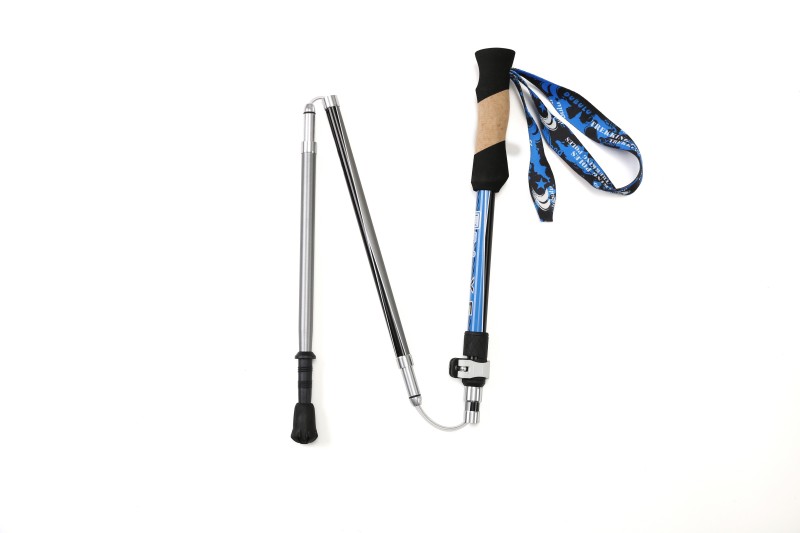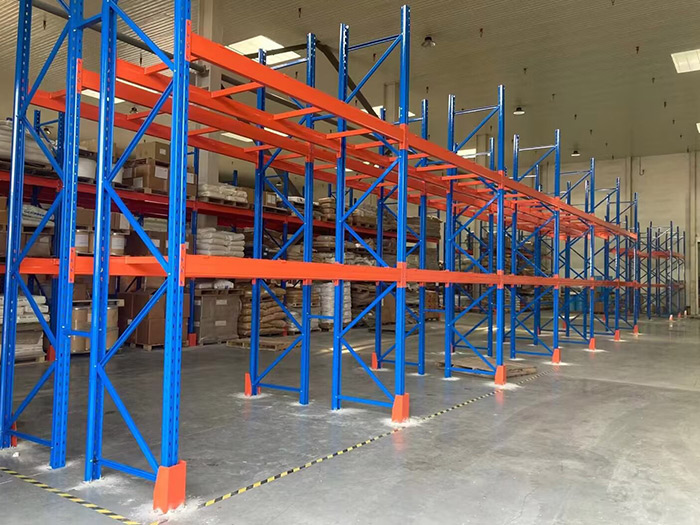Unraveling the Fabric Mystery: Is Microfiber the Same as Dri-Fit?
In the world of performance fabrics, two terms often come up in discussions about athletic wear and active lifestyle apparel: microfiber and Dri-Fit. While both materials are designed to enhance comfort and performance, they are not the same. This article delves into the characteristics, benefits, and applications of microfiber and Dri-Fit, providing a comprehensive understanding of these two popular fabric technologies.
Understanding Microfiber
Microfiber is a synthetic fiber that is finer than silk, typically made from polyester, polyamide, or a blend of both. The fibers are usually less than one denier in diameter, which is about one-hundredth the thickness of a human hair. This unique structure gives microfiber its distinctive properties:
- Absorbency: Microfiber has an exceptional ability to absorb moisture, making it ideal for cleaning products and towels. Its high surface area allows it to trap dirt and liquid effectively.
- Softness: The fine fibers create a soft texture that feels gentle against the skin, making microfiber a popular choice for clothing, bedding, and upholstery.
- Durability: Microfiber is known for its strength and durability. It resists wear and tear, making it suitable for long-term use in various applications.
- Breathability: While microfiber can wick moisture away from the skin, its breathability can vary depending on the weave and density of the fabric.
Exploring Dri-Fit Technology
Dri-Fit is a proprietary fabric technology developed by Nike, designed specifically for athletic performance. While it often incorporates microfiber, Dri-Fit is not a fabric in itself but rather a moisture-wicking technology that can be applied to various materials. Here are some key features of Dri-Fit:
- Moisture Management: Dri-Fit fabrics are engineered to pull sweat away from the body and disperse it across the surface of the fabric, allowing for quicker evaporation. This helps keep athletes dry and comfortable during intense physical activities.
- Lightweight and Stretchable: Dri-Fit garments are typically lightweight and designed with a certain degree of stretch, providing freedom of movement without compromising on support.
- Quick-Drying: The moisture-wicking properties of Dri-Fit ensure that the fabric dries quickly, making it ideal for high-intensity workouts and outdoor activities.
- Versatility: Dri-Fit technology can be applied to various fabric blends, including cotton, polyester, and even microfiber, enhancing the performance of the base material.
Key Differences Between Microfiber and Dri-Fit
While both microfiber and Dri-Fit are designed to enhance comfort and performance, they serve different purposes and have distinct characteristics:
- Material Composition: Microfiber is a type of fiber, while Dri-Fit is a technology that can be applied to various materials, including microfiber. Therefore, not all microfiber is Dri-Fit, but some Dri-Fit fabrics may contain microfiber.
- Functionality: Microfiber excels in absorbency and softness, making it suitable for cleaning and casual wear. In contrast, Dri-Fit is specifically engineered for moisture management and athletic performance.
- Application: Microfiber is commonly used in cleaning products, towels, and casual clothing, whereas Dri-Fit is primarily found in athletic wear and performance apparel.
Practical Applications and Considerations
When choosing between microfiber and Dri-Fit, consider the intended use of the fabric:
- For Cleaning and Everyday Use: Microfiber is an excellent choice for cleaning cloths, towels, and casual garments due to its absorbency and softness.
- For Athletic Performance: If you are an athlete or engage in regular physical activities, Dri-Fit apparel is designed to keep you dry and comfortable, making it a superior choice for workouts and sports.
Conclusion
In summary, while microfiber and Dri-Fit are both valuable in their respective domains, they are not the same. Microfiber is a type of synthetic fiber known for its absorbency and softness, while Dri-Fit is a moisture-wicking technology designed for athletic performance. Understanding the differences between these two materials can help consumers make informed choices based on their specific needs, whether for everyday use or high-intensity activities. As the fabric technology landscape continues to evolve, staying informed about the latest innovations will ensure you select the best materials for your lifestyle.



